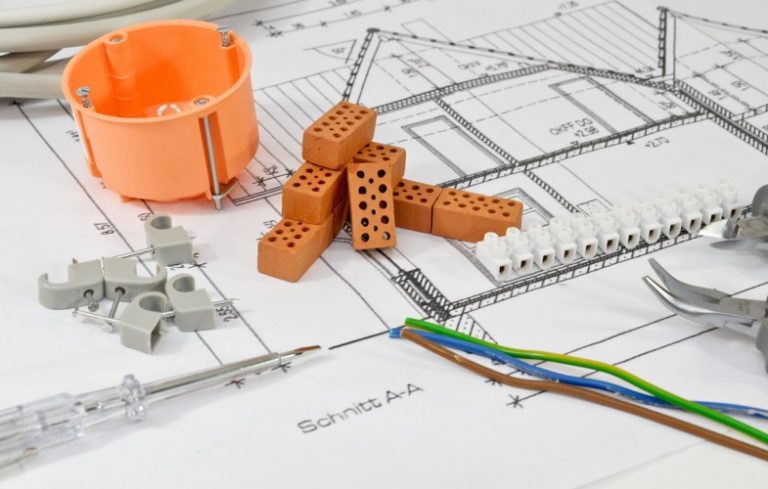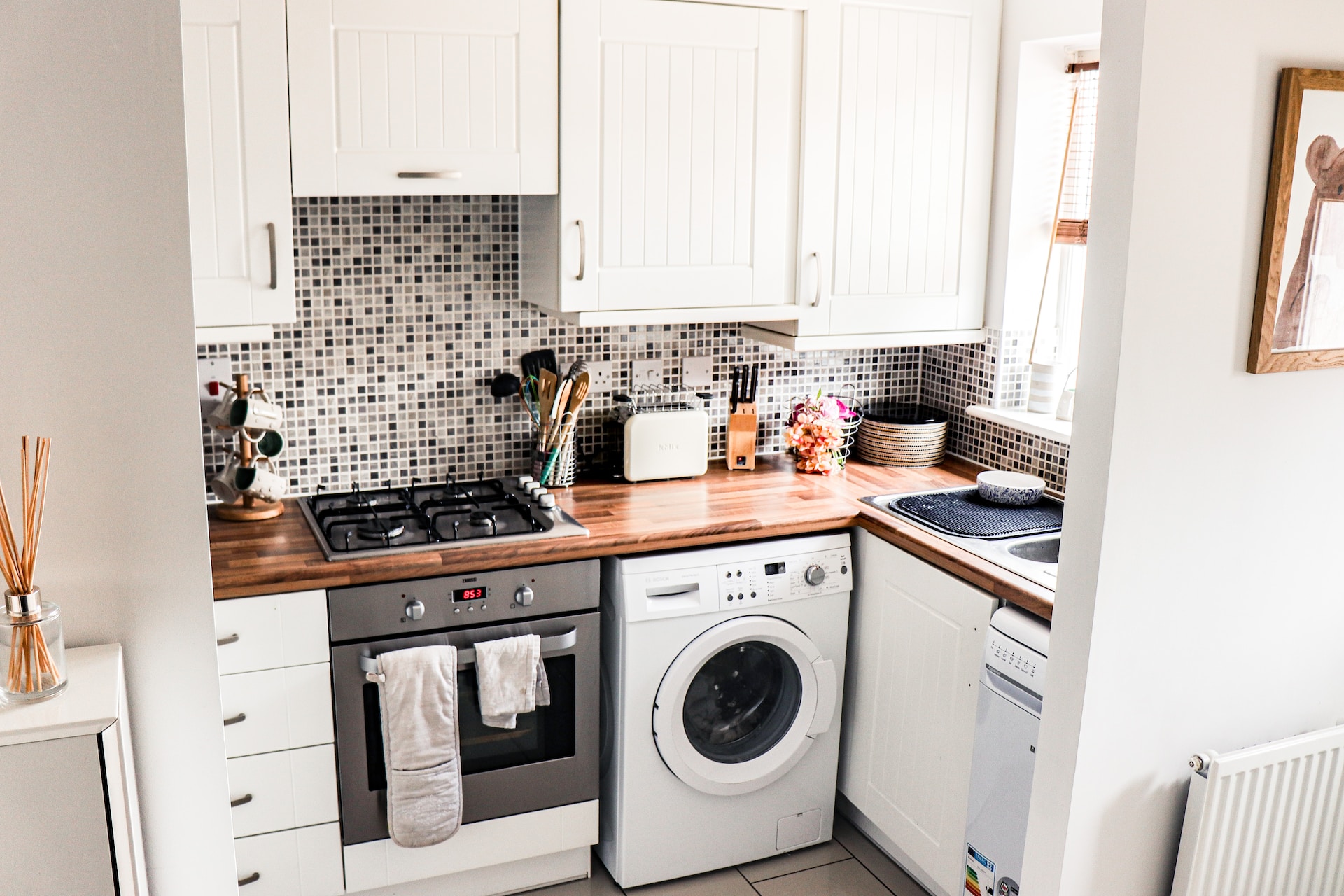Reducing the United States’ global carbon footprint is a daunting task but, thankfully, there are still meaningful things you can do right now to help preserve the planet. People around the world have access to new smart home tech devices that save money and are more energy-efficient than their more traditional counterparts. Here are 5 energy-saving smart home devices to help you reduce your environmental impact.
Intelligent Thermostats
Intelligent thermostats, such as the Nest thermostat, learn consumers’ preferences and adjust automatically to meet household needs. Instead of manually remembering to turn down your heat or air conditioning when you head out the door for work, you can program the Nest thermostat to do so automatically.
Taking the guesswork out of programming your indoor climate control not only reduces your energy consumption but also can help lower your utility bills. On average, Nest claims that homeowners can save up to 12% in heating and 15% in cooling costs after installation. This translates to approximately $131 to $145 in savings each year.
Automatic Blinds
During the warm summer months, your air conditioning can kick into overdrive trying to keep your home cool. When the sun streams through the window, it can heat up your home even more. Smart blinds sense when window temperatures rise and automatically adjust to help maintain your desired indoor temperature.
MySmartBlinds features a convenient app that allows users to program their blinds based on their daily or weekly preferences. Additionally, these blinds can be outfitted with an optional solar panel strip that will recharge the blind’s batteries, which will lead to additional energy savings. Over time, smart blinds will pay for themselves in energy savings.
Home Energy Monitoring Systems
A home energy monitoring system acts as a continuous energy audit for your house. The devices provide real-time energy consumption data based on your electricity meter to inform you when you can reduce your electricity usage.
New devices on the market, such as the sleekly-designed Glow, are based on color patterns. The developer’s intention was to create a system that is easy to understand for all ages and to quickly call attention to home energy usage levels. Users seeking more information or specific data on their usage patterns can consult the product’s app, which tracks more detailed data.
The app also alerts users when energy usage is higher than normal. Conscientious consumers who elect to receive these alerts can check their homes to ensure they aren’t wasting excess energy and further decrease their electric bills. On average, a device like the Glow energy monitoring system can save you up to 20% on your monthly bill.
Magnetic Refrigerators
Conventional refrigerators use a vapor compression cycle to keep temperatures low. Environmentally harmful refrigerants are compressed, condensed, expanded and then evaporated to create the cool environment needed to preserve our food.
Magnetic refrigerators, however, use magnets to replace the vapor compression cycle to spark the cooling effect. Magnets are used to create heat in metal, which is then removed by a harmless substance, such as helium. The metal cools off enough that it can be used for refrigeration.
On average, a magnetic refrigerator can save you up to 30% when compared to using a conventional refrigerator model, resulting in 20% less overall energy usage.
Environmentally-Conscious Clothes Dryers
Conventional clothing dryers use a significant amount of electricity — approximately 500 Watts + 4,00 watts for the heater. Researchers are working to develop a new type of clothes dryer that will produce the same, if not better, results while using less energy through the use of heat pump technology.
Heat pump dryers send hot air through a dryer drum, where it absorbs the dampness from the wet clothing. The air then runs through a pipe, where the moisture condenses in an evaporator. Next, the air is recycled and run through the system again.
Heat pump dryers are quieter compared to conventional models and don’t require the same level of heat compared to conventional models. The lower temperature preserves clothing and reduces energy bills up by up to 50%.
The new smart home tech devices on the market today make it easier than ever to reduce your environmental impact.




